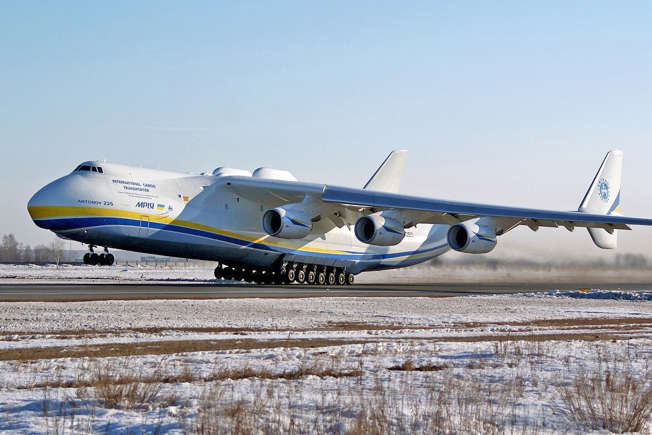
✅ 1. Modern Aircraft Push the Limits of Speed and Altitude
Today’s aircraft can reach mind-blowing speeds and altitudes:
-
The F-22 Raptor can cruise at Mach 2.25.
-
Commercial jets like the Boeing 787 Dreamliner fly at 35,000 feet comfortably.
-
The SR-71 Blackbird (though retired) still holds the record for fastest manned jet at Mach 3.3.
Advances in aerodynamics, materials, and propulsion systems continue to push these limits, bringing hypersonic travel (Mach 5+) closer to reality.
✅ 2. The Engines Are Incredibly Powerful and Efficient
Jet engines today are not just powerful—they're also marvels of efficiency and engineering:
-
The GE9X engine (used on the Boeing 777X) is the largest and most fuel-efficient commercial engine ever built.
-
Military turbofans like those on the F-35 Lightning II offer afterburning thrust for supersonic performance.
These engines must balance raw power, fuel economy, noise reduction, and environmental standards—all while flying at extreme conditions.
✅ 3. Military Aircraft Are Multifunctional and Lethal
Modern military aircraft aren’t just about air-to-air combat. They perform multiple roles:
-
Stealth fighters (e.g., F-35, Su-57) avoid radar detection.
-
Multirole jets combine bombing, reconnaissance, and combat.
-
Drones and unmanned aerial vehicles (UAVs) handle surveillance and precision strikes without risking pilots.
Aircraft like the F-35 can act as a data hub, feeding real-time battlefield info to other units via secure networks—making them force multipliers, not just fighters.
✅ 4. Commercial Aircraft Connect the World at Unmatched Scale
Civilian airliners are powerhouses of global travel and logistics. A single widebody aircraft can:
-
Carry over 850 passengers (Airbus A380)
-
Fly non-stop for 17+ hours (like the Boeing 787-9 on ultra-long-haul routes)
-
Burn less fuel per passenger than a car on a per-mile basis
With technology like fly-by-wire systems, composite fuselages, and AI-powered maintenance alerts, commercial jets today are safer and more efficient than ever.
✅ 5. Modern Aircraft Use Cutting-Edge Materials and Stealth Design
To reduce weight and radar signature, modern aircraft incorporate:
-
Carbon-fiber composites
-
Radar-absorbent materials
-
Angular fuselage and hidden engine intakes
Stealth bombers like the B-2 Spirit and upcoming B-21 Raider are nearly invisible to radar, while still packing nuclear or conventional payloads. Even some commercial jets now use stealth-adjacent tech for fuel efficiency.
✅ 6. Fly-by-Wire and Avionics Make Piloting Safer and Smarter
Gone are the days of purely mechanical controls. Modern aircraft use fly-by-wire systems that:
-
Interpret pilot input digitally
-
Automatically correct for turbulence or instability
-
Optimize fuel use during all phases of flight
Glass cockpits now feature interactive screens, touch controls, and even augmented reality for navigation, making modern flight operations highly automated and precise.
✅ 7. Aircraft Roles Are Expanding Beyond Traditional Use
Today’s aircraft do more than transport people or fire weapons:
-
Aerial tankers extend combat jet range mid-air
-
Airborne early warning systems (AWACS) monitor entire regions
-
Firefighting aircraft drop tons of water on wildfires
-
High-altitude drones deliver internet access in remote areas
As tech evolves, aircraft are increasingly used for scientific research, humanitarian aid, and environmental monitoring.
✅ 8. Sustainability Is Driving New Innovations
Modern aircraft must now meet stricter environmental standards:
-
Electric and hybrid aircraft are being tested for short-haul flights
-
Sustainable aviation fuel (SAF) cuts carbon emissions by up to 80%
-
Improved aerodynamics and lightweight materials reduce fuel burn
Companies like Airbus, Boeing, and Rolls-Royce are investing in zero-emissions aviation—a necessity for the industry's future.
✅ 9. The Future: Hypersonic, Autonomous, and Space-Capable Aircraft
We’re entering an era where aircraft may:
-
Travel at Mach 5+ (hypersonic jets under development by DARPA, Boeing, and others)
-
Fly autonomously with AI-based decision-making
-
Take off like planes but enter space suborbitally, like the SpaceShipTwo or SpaceX’s Starship
With next-gen propulsion (like scramjets) and vertical takeoff capabilities (eVTOLs), the definition of “aircraft” is expanding faster than ever.
🌍 Conclusion: Why Modern Aircraft Represent the Peak of Human Innovation
Modern aircraft are more than machines—they are symbols of engineering mastery, national power, and global unity. From sleek stealth fighters patrolling hostile skies to massive passenger jets carrying families across continents, today’s aircraft demonstrate what humanity can achieve when we blend technology, purpose, and innovation.

You must be logged in to post a comment.